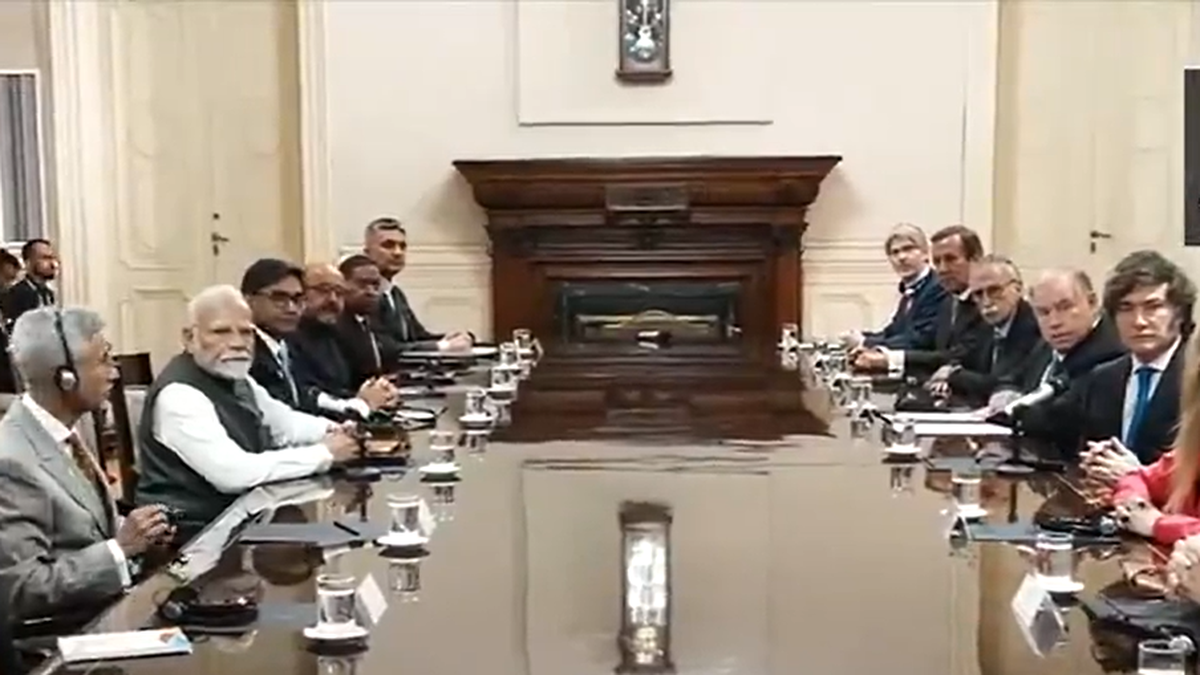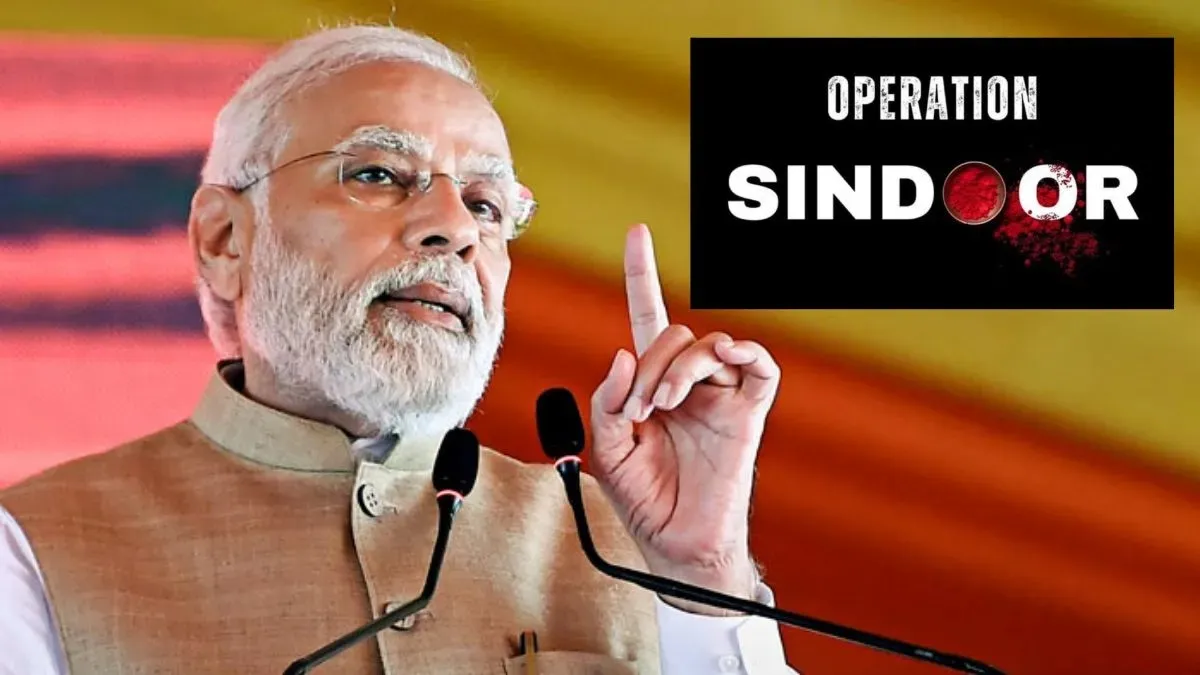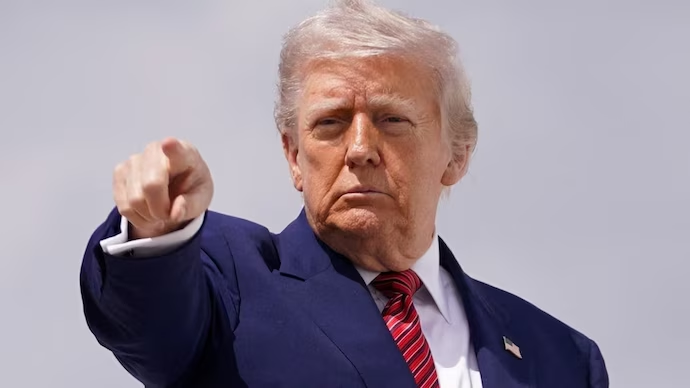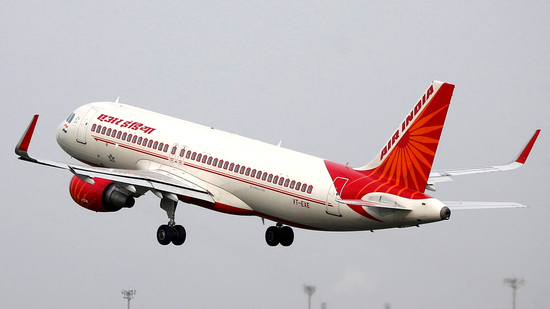India‑US Trade Deal Update 2025: 5 Critical Challenges Unveiled
- Abhishek
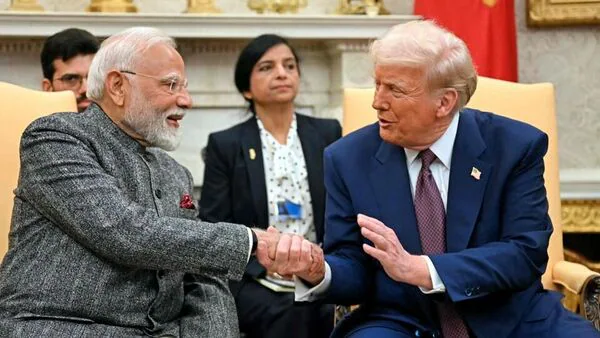
India‑US trade deal update 2025 is under the spotlight, with both nations working towards a mutually beneficial pact amid mounting pressure. As President Trump’s July 9 tariff waiver deadline approaches, India has taken a firm stance—prioritising national interests and preparing countermeasures. Here are the 5 critical things to know.
1. Negotiators Back from Washington, Timeline Not Binding
Indian trade teams recently returned from Washington, signalling ongoing discussion but rejecting any deadline pressure.
India aims to maintain access for labour‑intensive exports such as textiles, footwear, and auto components—sectors vital to its economy.
Both sides agree deals must be mutually advantageous, not rushed for arbitrary dates .
2. India Plans Retaliatory Auto‑Tariffs Under WTO
India has notified the WTO of planned retaliatory duties in response to U.S. “safeguard” tariffs on auto parts.
This move could raise tariffs on selected American goods, aligning with WTO procedures.
India aims to offset the impact of U.S. auto duties on its $2.89 billion export segment .
3. Steel Tariffs Remain a Major Obstacle
Steel tariffs emerge as another major barrier.
The U.S. refuses concessions on steel imports, while India has introduced safeguard duties to protect its domestic industry.
India remains focused on areas where it has a competitive edge, even with tariffs in place .
4. Goyal: “No Deal Based on Deadlines”
Commerce Minister Piyush Goyal emphasised India will not relent under U.S. timeline demands.
He stated that any agreement must be fully finalised and national‑interest aligned, not rushed for deadlines .
5. BRICS Cohesion on Tariff Pushback
India and other BRICS countries (Brazil, Russia, China, South Africa, etc.) are crafting a unified statement against U.S. tariffs perceived as coercive.
This broader diplomatic posture aims to strengthen India’s hand and build solidarity among emerging economies .
Key Underlying Issues Explored
Auto & Auto Components
India’s auto parts exports are central to trade talks. The U.S. safeguard tariffs threaten approximately $2.89 billion worth of exports. India’s WTO response targets these critical segments.
Steel
With stiff U.S. resistance and India protecting its domestic capacity, steel remains a major point of contention. The U.S. refuses concessions, while India defends local producers.
Agriculture & Dairy
Though not in the 5‑point listing, agriculture and dairy remain contentious. India resists opening these sectors, mirroring ongoing WTO-style disputes.
Textiles, Footwear & Labour‑Intensive Industries
India seeks sustained market access for critical export sectors, advocating for guarantees in any interim or final trade agreement.
WTO & Retaliation Framework
India’s formal WTO notification enables it to impose counter‑tariffs—ensuring legal grounds for retaliation if U.S. measures persist.
The India‑US trade deal update 2025 reflects high‑stakes negotiation, balancing economic opportunity against national protection. India’s strong pushback—especially via WTO retaliation and defence of steel and auto sectors—signals that no hurried or superficial agreement will pass muster.
As July 9 arrives, the world will closely watch whether both sides secure a balanced interim deal or teeter into tariff escalations. India’s approach shows it’s ready to defend its core industries—even if that delays the pact.

